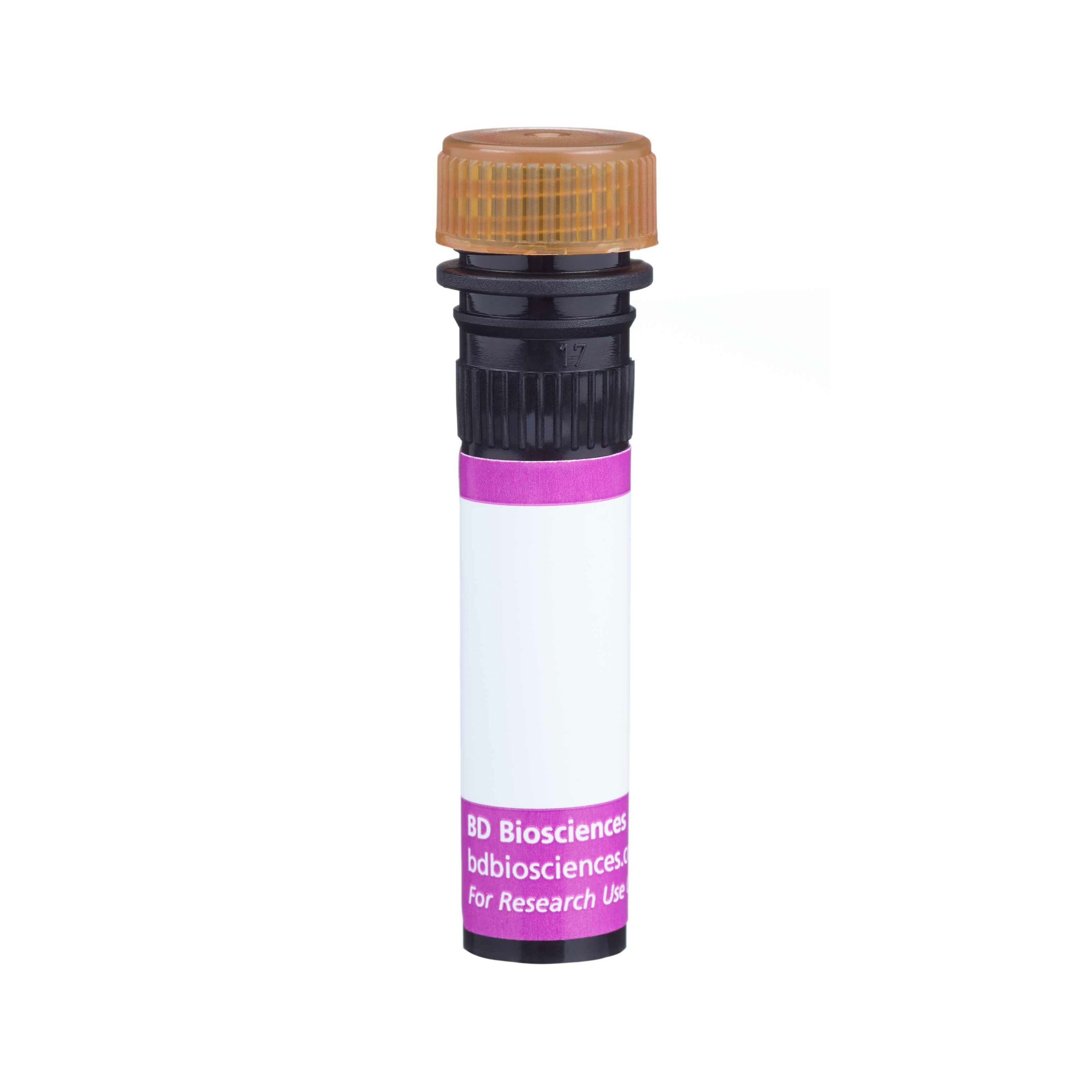Old Browser
Looks like you're visiting us from {countryName}.
Would you like to stay on the current country site or be switched to your country?


Regulatory Status Legend
Any use of products other than the permitted use without the express written authorization of Becton, Dickinson and Company is strictly prohibited.
Preparation And Storage
Recommended Assay Procedures
BD® CompBeads can be used as surrogates to assess fluorescence spillover (compensation). When fluorochrome conjugated antibodies are bound to BD® CompBeads, they have spectral properties very similar to cells. However, for some fluorochromes there can be small differences in spectral emissions compared to cells, resulting in spillover values that differ when compared to biological controls. It is strongly recommended that when using a reagent for the first time, users compare the spillover on cells and BD® CompBeads to ensure that BD® CompBeads are appropriate for your specific cellular application.
For optimal and reproducible results, BD Horizon Brilliant Stain Buffer should be used anytime BD Horizon Brilliant dyes are used in a multicolor flow cytometry panel. Fluorescent dye interactions may cause staining artifacts which may affect data interpretation. The BD Horizon Brilliant Stain Buffer was designed to minimize these interactions. When BD Horizon Brilliant Stain Buffer is used in in the multicolor panel, it should also be used in the corresponding compensation controls for all dyes to achieve the most accurate compensation. For the most accurate compensation, compensation controls created with either cells or beads should be exposed to BD Horizon Brilliant Stain Buffer for the same length of time as the corresponding multicolor panel. More information can be found in the Technical Data Sheet of the BD Horizon Brilliant Stain Buffer (Cat. No. 563794/566349) or the BD Horizon Brilliant Stain Buffer Plus (Cat. No. 566385).
Product Notices
- Since applications vary, each investigator should titrate the reagent to obtain optimal results.
- Human donor specific background has been observed in relation to the presence of anti-polyethylene glycol (PEG) antibodies, developed as a result of certain vaccines containing PEG, including some COVID-19 vaccines. We recommend use of BD Horizon Brilliant™ Stain Buffer in your experiments to help mitigate potential background. For more information visit https://www.bdbiosciences.com/en-us/support/product-notices.
- Researchers should determine the optimal concentration of this reagent for their individual applications.
- The production process underwent stringent testing and validation to assure that it generates a high-quality conjugate with consistent performance and specific binding activity. However, verification testing has not been performed on all conjugate lots.
Companion Products






The 107-1A4 monoclonal antibody specifically recognizes human Prostate-Specific Membrane Antigen (PSMA) which is also known as Glutamate carboxypeptidase II (GCPII), and N-acetyl-L-aspartyl-L-glutamate peptidase I (NAALADase I). PSMA is an ~100 kDa type II transmembrane glycoprotein. It is comprised of a large extracellular region with protease, apical and C-terminal domains that function in substrate binding and enzymatic activity, a transmembrane region, and a short intracellular N-terminal domain. PSMA is encoded by FOLH1 (Folate hydrolase 1) which belongs to the M28 peptidase family. PSMA is expressed in the brain and by cells in various tissues including the prostate, intestines, testis, bladder, liver, kidney, breast, and ovary. In the intestines, this enzyme functions as a folate hydrolase that cleaves glutamate from dietary folates to facilitate the cellular uptake of folic acid. Through its NAALADase activity, this enzyme also acts in the nervous system to hydrolyze the N-aceylaspartylglutamate (NAAG) neuropeptide into NAA and glutamate. This enzyme can thereby modulate excitatory neurotransmission with the release of glutamate which serves as an excitatory neurotransmitter. Overexpression of PSMA by cancer cells, such as prostate cancer cells, may allow for the increased uptake of folates required for rapid cellular division leading to tumor progression. PSMA expression has also been found by some urothelial adenocarcinoma cells and associated with the tumor neovasculature of some tumors as well. The 107-1A4 antibody reportedly recognizes a distinct conformational epitope in the PSMA extracellular domain.

Development References (5)
-
Brown LG, Wegner SK, Wang H, et al. A novel monoclonal antibody 107-1A4 with high prostate specificity: generation, characterization of antigen expression, and targeting of human prostate cancer xenografts.. Prostate Cancer Prostatic Dis. 1998; 1(4):208-215. (Immunogen: ELISA, Immunofluorescence, Immunoprecipitation). View Reference
-
Chauchereau A, Al Nakouzi N, Gaudin C, et al. Stemness markers characterize IGR-CaP1, a new cell line derived from primary epithelial prostate cancer.. Exp Cell Res. 2011; 317(3):262-75. (Clone-specific: Flow cytometry). View Reference
-
Mhawech-Fauceglia P, Zhang S, Terracciano L, et al. Prostate-specific membrane antigen (PSMA) protein expression in normal and neoplastic tissues and its sensitivity and specificity in prostate adenocarcinoma: an immunohistochemical study using mutiple tumour tissue microarray technique.. Histopathology. 2007; 50(4):472-83. (Biology: Immunohistochemistry). View Reference
-
Tykvart J, Navrátil V, Sedlák F, et al. Comparative analysis of monoclonal antibodies against prostate-specific membrane antigen (PSMA).. Prostate. 2014; 74(16):1674-90. (Clone-specific: Flow cytometry, Immunohistochemistry). View Reference
-
Wang S, Diamond DL, Hass GM, Sokoloff R, Vessella RL. Identification of prostate specific membrane antigen (PSMA) as the target of monoclonal antibody 107-1A4 by proteinchip; array, surface-enhanced laser desorption/ionization (SELDI) technology.. Int J Cancer. 2001; 92(6):871-6. (Clone-specific: Array). View Reference
Please refer to Support Documents for Quality Certificates
Global - Refer to manufacturer's instructions for use and related User Manuals and Technical data sheets before using this products as described
Comparisons, where applicable, are made against older BD Technology, manual methods or are general performance claims. Comparisons are not made against non-BD technologies, unless otherwise noted.
For Research Use Only. Not for use in diagnostic or therapeutic procedures.
Refer to manufacturer's instructions for use and related User Manuals and Technical Data Sheets before using this product as described.
Comparisons, where applicable, are made against older BD technology, manual methods or are general performance claims. Comparisons are not made against non-BD technologies, unless otherwise noted.